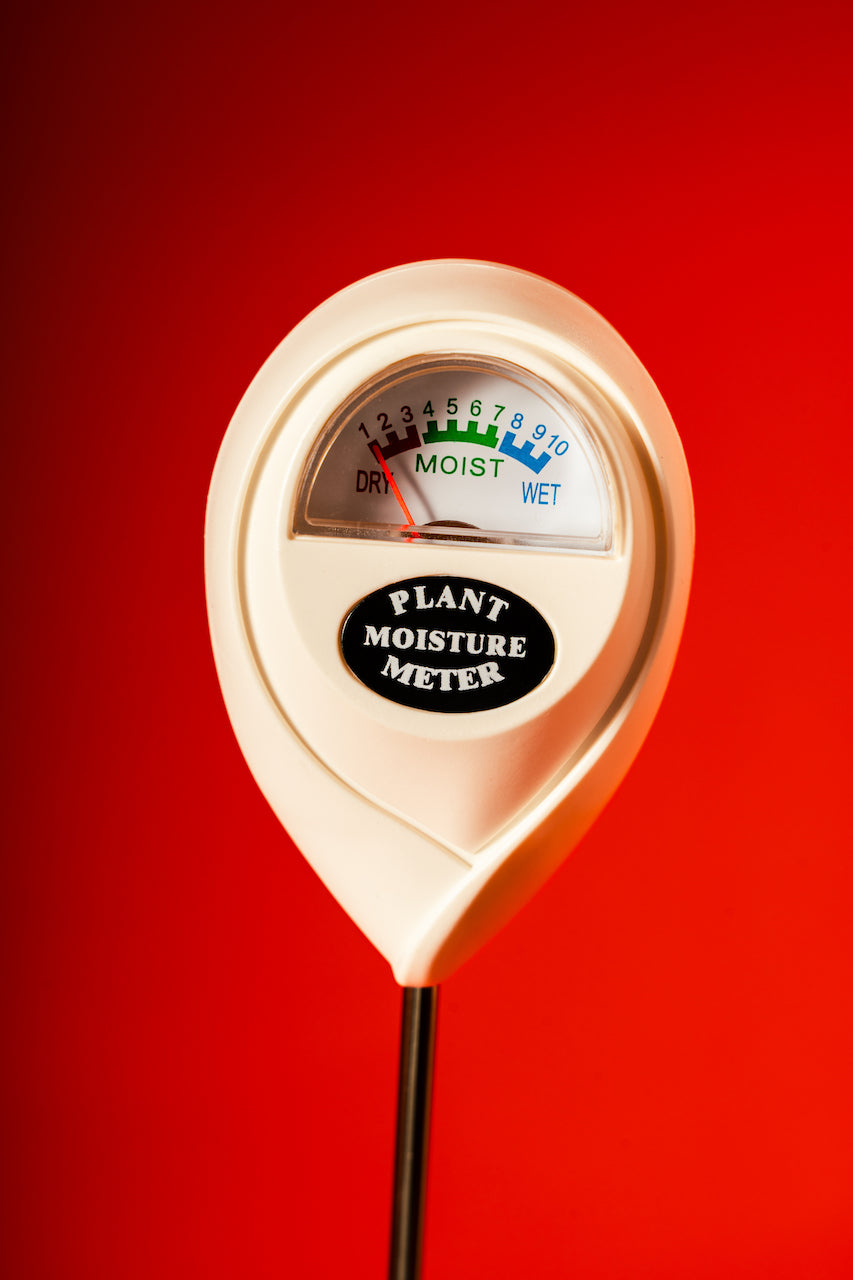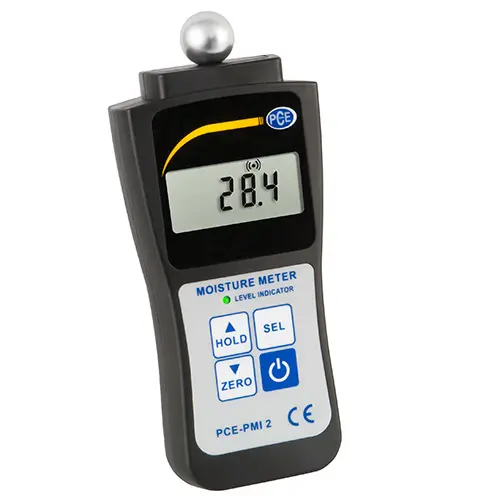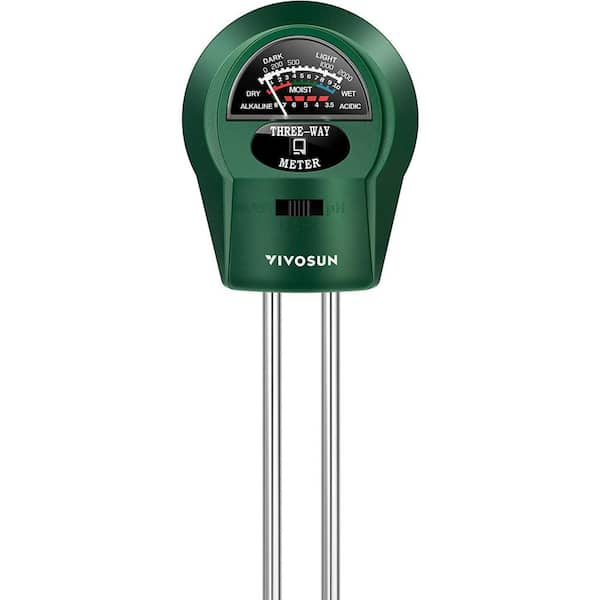The Ultimate Guide to Moisture Meters: A Comprehensive Summary and How They Can Save You Cash
In the world of structure maintenance, construction, and various sectors, the value of precisely measuring moisture degrees can not be overstated. Moisture meters act as crucial devices in discovering and keeping track of moisture content in products, helping in preventing pricey damages and ensuring the top quality of products. Recognizing the subtleties of different sorts of moisture meters, their applications, and the possible cost-saving benefits they offer can be a game-changer for organizations and experts alike. Uncovering exactly how these tools can not only streamline processes but likewise contribute to monetary cost savings is a journey worth starting.
Sorts Of Moisture Meters
Numerous types of wetness meters are available for different applications in numerous industries. One typical kind is the pin-type moisture meter, which determines the electric resistance in between two pins placed right into a material. This type appropriates for timber, drywall, and other structure products. Pinless moisture meters, on the other hand, use electromagnetic sensor plates to scan a bigger area without triggering damages to the product's surface area. These meters are ideal for swiftly assessing moisture levels in big locations such as wall surfaces and floors.
In addition, there are additionally specialty moisture meters designed for particular materials like grain, dirt, or hay. These meters give exact dampness analyses customized to the one-of-a-kind residential or commercial properties of the material being evaluated. Infrared moisture meters measure the thermal residential or commercial properties of a material to determine its dampness web content non-invasively, making them valuable for applications where pin or pinless meters might not appropriate. Comprehending the different types of moisture meters readily available can assist markets choose the most ideal device for their particular moisture dimension demands.

Advantages of Using Moisture Meters

Moreover, using dampness meters can cause enhanced power efficiency. By determining areas with high moisture degrees, such as leakages or inadequate insulation, changes can be made to improve power conservation and minimize utility prices. In farming setups, dampness meters play a critical duty in enhancing plant returns by enabling farmers to check dirt dampness degrees and make informed watering decisions. Generally, the benefits of making use of dampness meters cover across various sectors, supplying economical options and advertising much better quality assurance methods.
Just How to Choose the Right Moisture Meter
Selecting the suitable dampness meter entails taking into consideration vital variables such as product compatibility, dimension range, and calibration accuracy. When choosing a moisture meter, it's important to guarantee that the meter appropriates for the certain product you will be testing. Various products have varying electrical properties that can influence dampness readings, so selecting a meter made for your product is crucial for exact results. Additionally, take into consideration the dimension series of the wetness meter. Guarantee that the meter can spot dampness degrees within the range needed for your applications. Calibration precision is another critical variable to remember (Moisture Meter). Select a dampness meter with reliable calibration to make certain accurate and consistent readings. Some meters might call for routine calibration adjustments, so comprehending the calibration procedure is essential. By meticulously go reviewing these factors, you can pick a moisture meter that satisfies your requirements and provides accurate dampness measurements for your tasks.
Appropriate Strategies for Moisture Meter Usage
To make certain exact wetness analyses and optimize the effectiveness of a wetness meter, utilizing correct strategies is crucial. When making use of a pin-type dampness meter, insert the pins or probes right into the product being evaluated up until they make other complete call. Guarantee the pins are vertical to the surface area to get the most accurate analysis. For pinless wetness meters, hold the tool level against the material and relocate slowly to cover the whole area for a typical reading. It's vital to adjust the moisture meter according to the material being tested to enhance accuracy. Take multiple readings across the surface and average them out for a more trustworthy outcome. In addition, make certain that the product being checked is acclimated to the environment to avoid skewed analyses. Normal upkeep of the dampness meter, such as cleaning up the pins or sensing unit, is likewise important to make sure accurate and consistent analyses. By adhering to these correct strategies, individuals can depend on their moisture meter to provide credible wetness levels, aiding in preventing pricey damage or ensuring quality in numerous applications.

Expense Financial Savings Through Moisture Meter Applications
Just how can the strategic usage of wetness meters lead to substantial expense savings throughout various sectors? In the farming market, moisture meters aid in determining the ideal time for harvesting crops, protecting against over-drying or excess dampness that can influence the final product's top quality.

Furthermore, in the food handling sector, dampness meters are crucial for monitoring item additional reading high quality and making sure compliance with safety and security laws. By properly gauging wetness content in foodstuff, suppliers can stop putridity, maintain quality, and lower waste, leading to significant price savings. Overall, the critical application of dampness meters is a useful investment that can bring about considerable cost decreases and improved performance across various markets.
Conclusion
In conclusion, wetness meters are useful devices for determining and discovering dampness degrees in numerous products. By making use of the right moisture meter and following proper methods, individuals can successfully prevent pricey problems triggered by excess wetness.
Dampness meters serve as crucial devices in identifying and monitoring moisture content in products, assisting in preventing costly problems and making certain the top quality of products. Infrared moisture meters gauge the thermal homes of a product to establish its moisture content non-invasively, making them valuable for applications where pin or pinless meters might not be ideal.Moisture meters use very useful advantages in properly keeping track of and assessing wetness levels in varied materials and settings. In farming settings, dampness meters play an essential duty in maximizing plant yields by making it possible for farmers to keep an eye on soil dampness degrees and make informed watering choices.In conclusion, moisture meters are beneficial tools for spotting and measuring dampness levels in numerous products.